/img_02.png?width=1926&name=img_02.png)
Windows Modules Installer Worker hoog CPUgebruik AVG
Windows Module Installer (also known as TrustedInstaller.exe) is a Windows service that is responsible for installing, modifying, and removing system components, updates, and optional Windows features. It is an integral part of the Windows operating system, starting from Windows Vista and onwards. 100% Disk usage.
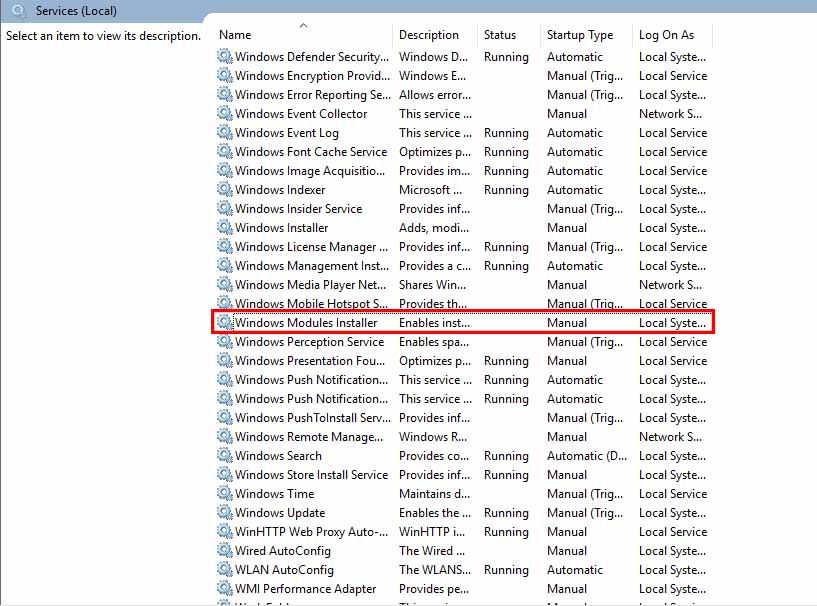
Windows Modules Installer Worker High CPU or Disk Usage Techkeyhub
Solution-2: Delete Software Distribution Folder. Solution-3: Clean Reboot your PC. Solution-4: Disable the Windows Module Installer Worker. Solution-5: Change the Windows Update From "Automatically" to "Manual". Solution-6: You can use System File Checker Tool to Scan And Fix the Corrupted File.

Windows Modules Installer Worker High CPU or Disk Usage Techkeyhub
1. Run Windows Memory Diagnostic Tool Before you head and try to resolve the issue, you can run the Windows Memory Diagnostic tool to ensure the problem is not hardware-based. The tool helps you diagnose and find issues with the RAM module installed on your computer. Head to the Start Menu and type Memory Diagnostic to perform a search.
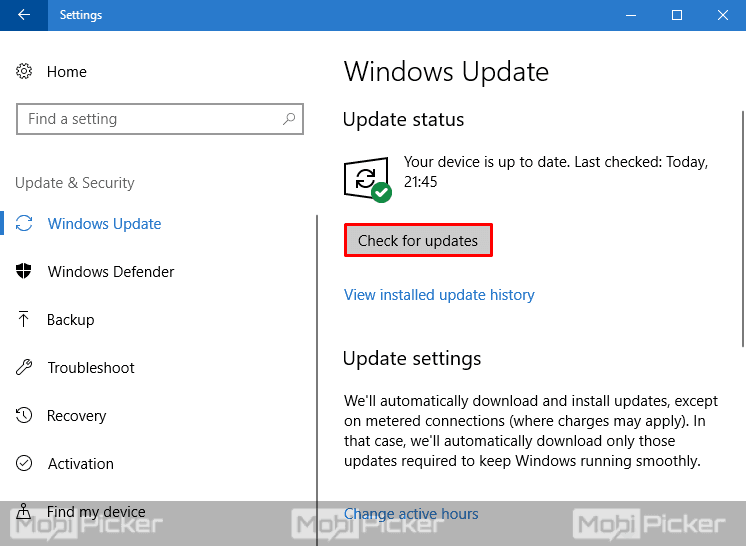
[FIX] Windows Modules Installer Worker (TiWorker.exe) High CPU / Disk Usage
1. Simultaneously press the Windows + R keys to open run command box. 2. In run command box, type: services.msc and press Enter. 3. Right click on Windows Update service and select Stop. 4. Now, open Windows Explorer and explore the contents of " C:\Windows " folder.
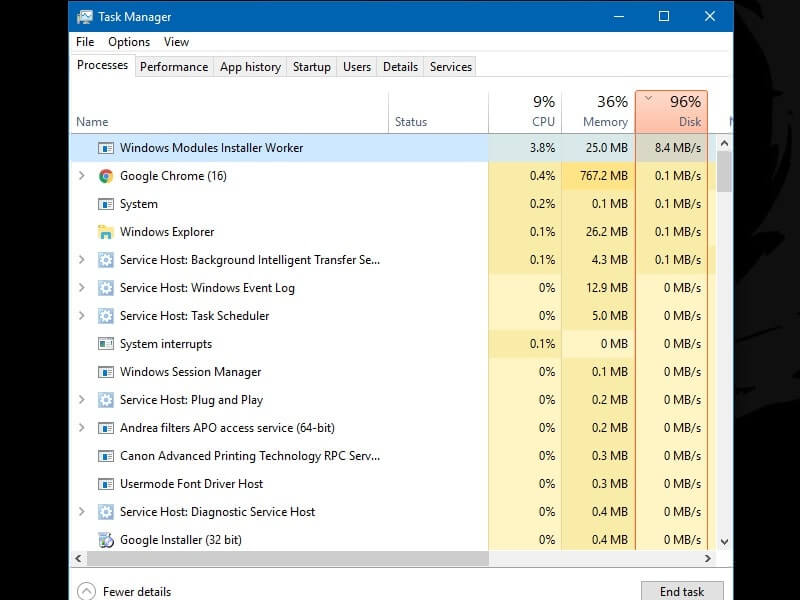
(SOLVED) Windows Modules Installer Worker, high CPU, disk usage.
If high utilization takes a more extended period, you need to work urgently on your windows 10 system. Then try the following steps to kill its process to free the CPU and Disk space. Start -> Search -> Open Task Manager. Click on the Process Tab. Select Windows Modules Installer and click on End Task button.

Fix “Windows Modules Installer Worker High CPU & Disk Usage” in Windows 10 Tech Men
Stop Windows automatic updates. To fix Windows modules installer worker high disk usage the first thing you should do is, disable automatic updates. To do so, follow these steps: 1. Press Windows + I to open Windows settings. 2. Click Update & Security > Windows Update > Advanced Options.
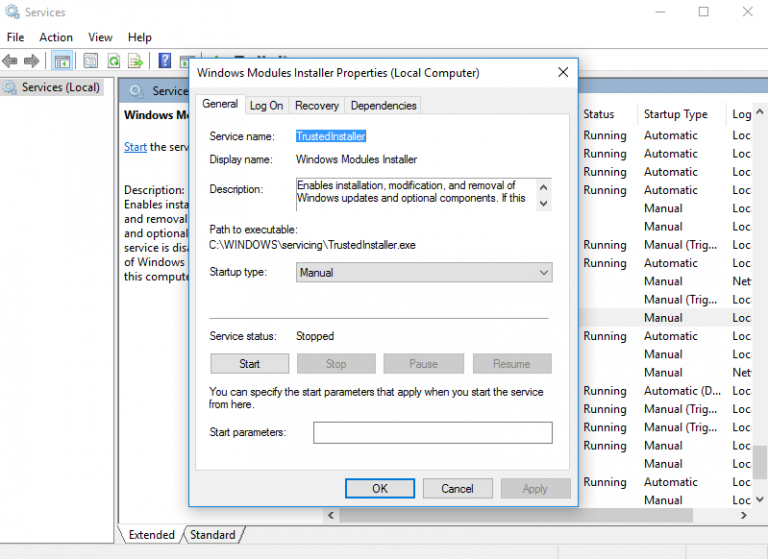
Windows Modules Installer Worker (TiWorker.exe) High CPU & Disk Usage
Windows Modules Installer Worker will constantly access the hard disk drive when the system installs some system modules, Windows Update is downloading and installing the updated software automatically and the update installation fails, which leads to 100﹪ disk usage.

[Fix] TiWorker.exe Windows modules installer worker High Disk Usage
The Windows Modules Installer Worker is a background application that checks for new updates from the Windows server and install them in your computer. It's task takes high usage of CPU that causes load on the system especially when Windows Update is running. We recommend that you check the following first:

Windows Modules Installer Worker High CPU & Disk Usage in Windows 10 Windows 10, Disk, Worker, Amp
The Windows Modules Installer Worker or WMIW or TiWorker.exe checks for new updates from the Windows server and installs them on your computer system. This process might cause load on the.

How to Fix Windows Modules Installer Worker High CPU YouTube
Solution 1: Set Windows Installer Startup to Manual When Windows Modules Installer Worker updates automatically, it can suddenly commandeer your system and disrupt workflow. Setting Windows Installer Startup to manual allows you to get important updates at your convenience, or when you have the resources to spare.

Windows Modules Installer Worker High CPU/ Memory/ Disk usage YouTube
Method 1. Remove the SoftwareDistribution folder Method 2. Restart the Windows Update Service Method 3. Use the Windows Update Troubleshooter Method 4. Run the System File Checker (SFC scan) Method 5. Use the DISM command Method 6. Turn off Automatic Updates for Windows 10 Method 7. Change your Internet settings Final Thoughts
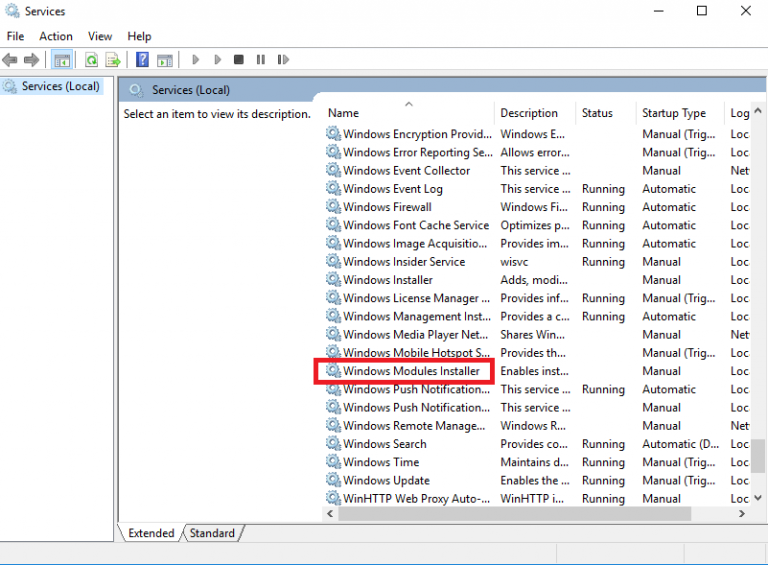
Windows Modules Installer Worker (TiWorker.exe) High CPU & Disk Usage
Type services.msc in the dialog box and hit Enter. This will open the Services console. Look for Windows Update in the list of services. Right-click on it and select Restart from the menu. Once the service has been restarted, check if the "Windows Modules Installer Worker" process is still using a lot of CPU power. 5.

Windows modules installer worker Smart method, Windows 10 operating system, System memory
1. Restart the Windows Update Service 2. Run Windows Update Troubleshooter 3. Change Internet Settings 4. Run an SFC Scan 5. Disable the Windows Update Service What Is Windows Modules Installer Worker? Windows Modules Installer Worker (also known as WMIW or TiWorker.exe) is an essential cog in the machinery of your operating system.

Windows Modules Installer Worker High CPU & Disk Usage in Windows 10 YouTube
Windows Modules Installer Worker, also known as TiWorker.exe, is a legitimate process in Microsoft Windows responsible for regularly check for available Windows updates and install them for you. It ensures that your Windows PC experience remains secure, stable, and up to date.

Windows Modules Installer Worker // Disco Al 100 // [Tutorial en español] Win 10 YouTube
By Chris Hoffman Published Jul 20, 2017 If you hear your computer's fans spin up and feel it getting hotter for no apparent reason, check the Task Manager and you might see "Windows Modules Installer Worker" using a lot of CPU and disk resources. Readers like you help support How-To Geek.

Fix Windows Modules Worker Installer High CPU on Windows 10
You just need to press Windows + R to open the Run dialog box, then type: services.msc to open Windows Service application. In the next step, find Windows Update, right-click on it and then select the " Restart " option from the context menu. That's it! 3. Use Windows Update Troubleshooter.